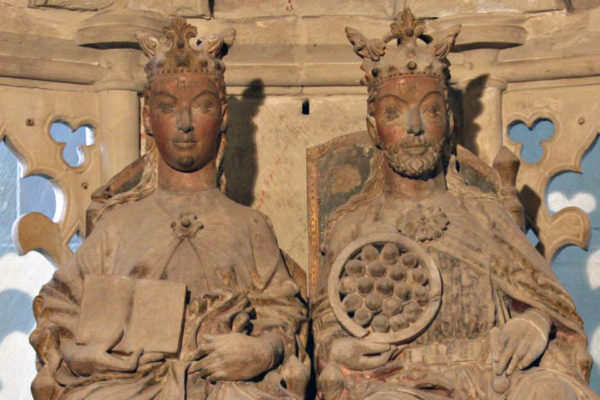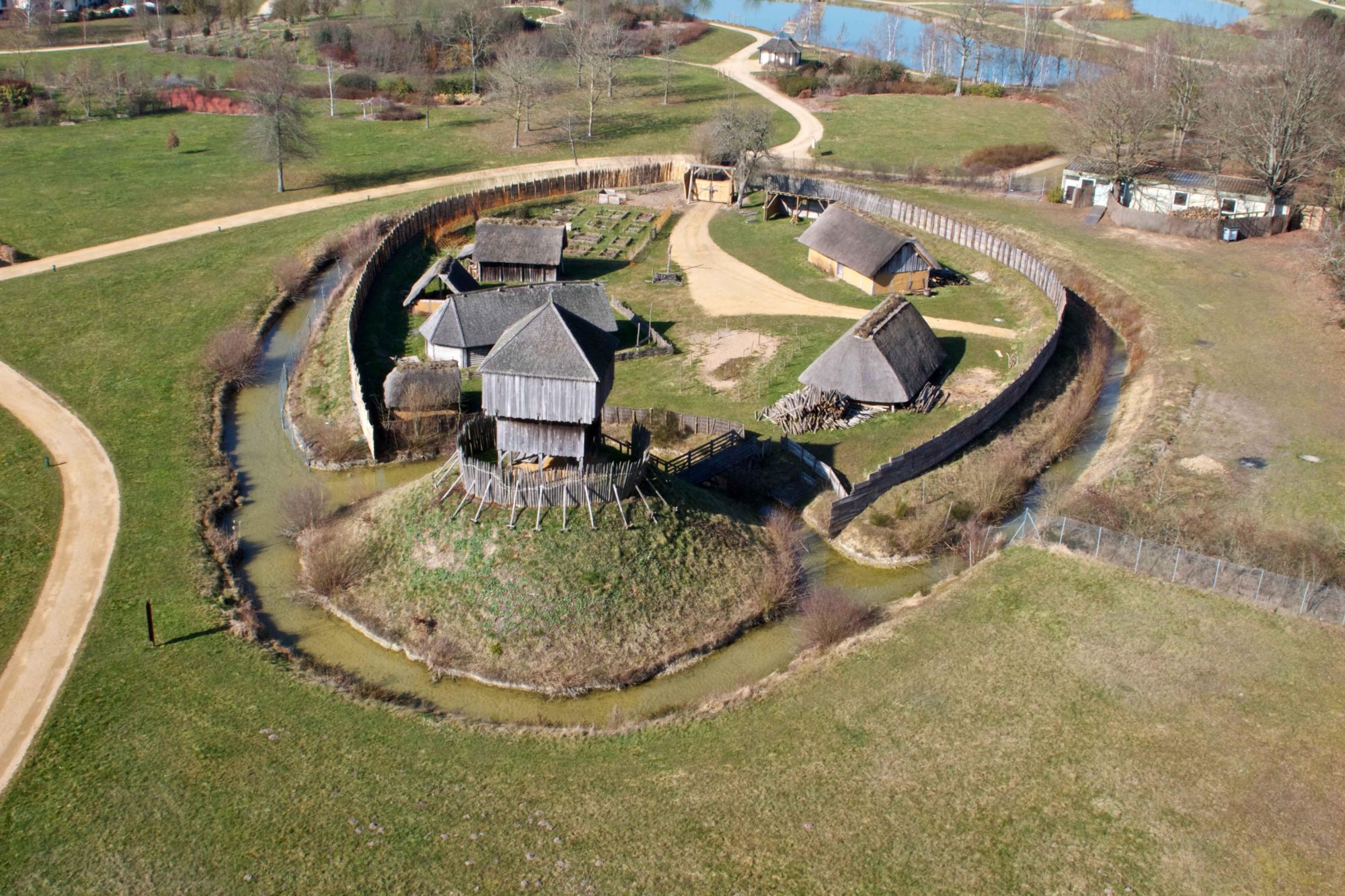Europe in the 10th Century is commonly allowed to stretch from 890 to 1030. Named since the 15th century as the “Century of Lead and Iron”, it was characterised by a significant shift from centre to periphery, from France to Germany.

During the 9th and 10th centuries, the Carolingian dynasty slowly petered out. Especially noteworthy was the extinction of the German branch in 911, which led the way for the Ottonians and later the Salians to build their impressive powerbase in Saxony. From here, the defeat of the Magyars and the Slavic neighbours was orchestrated, while the Vikings were held (somewhat) at bay. Meanwhile, Vikings settled permanently in the Danelaw and in Dublin, wherefrom they conquered Normandy and later the whole of England. Also, they were active in Eastern Europe forging the Kyivan Rus’, arguably the largest and most powerful polity in this period. In this geopolitical shift, France was reduced to a tiny remnant of its former self. This is the period in which the peripheries of Carolingian Europe gradually were integrated into Western Europe, introducing them to the cultures of Christianity and its handmaiden, literacy. A major input in this shift was the sustained effort invested in the development of trading centres, towns and cities.
The fortunate discovery of the silver-mines near Goslar in Harzen in Germany probably contributed to this shift. In short, this mining enterprise contributed to a change away from the dominance of hack-silver and Arab coins, towards monetisation on the northern fringes of Europe. Part of this move was caused by the success of the Vikings in getting footholds in the west and the east, while they were held at bay by the Germans at the southern border of Scandinavia. Backed by these events, Otto the Great was able to launch the successful conquest of Italy and harvest the economic advantage, which derived from these events. While the Holy Roman Empire as a Germanic construct expanded, the Western parts of Europe imploded.
How did this play out? First of all, the period saw the first “private” small-scale and residential fortifications. In Germany, former Carolingian palaces were turned into fortified Ottonian centres like Quedlinburg, Memleben, and later Goslar. In France and further south, local lords became gradually more powerful. Part of this was helped along by the slow, yet steady shift away from land worked by slaves, towards peasant farms farmed by serfs or minor dependents. This led to changes in family consciousness and the construction of minor dynasties or families, no longer solely constructed through agnatic ties. Cognatic ties became increasingly important. Often, these new lineages took their names from their fortified strong-holds, thus creating a new world consisting of numerous small, independent power-centres. No longer needing legitimation through public or administrative service, this caused a marked loss of authority – first among royals, but later also of the intermediate powers: archbishops, abbots, dukes, counts, and earls. Instead of public ties, the social fabric came to be built through personal relationships – man to man.
Though widely contested by historians, this process is generally known as the “feudal revolution” or feudal mutation”. Albeit often considered the primary type of societal organisation in the 10th century, it took different forms in different regions and realms.
The result was a peripheralised world, primarily in France, Northern Italy and parts of Northern Spain, which came to be peopled by feuding local lords, controlled only by needs demanded by the upkeep of their network of friends and relations. Germany, on the other hand, did not implode quite in the same manner. Historians have assiduously explored these considerable variations, demonstrating that no such “model” covered all the instances. Nevertheless,the concept of feudalism functions as an “ideal” model, when we seek to grasp the implosion of some states and the creation of others. This was a period of flux. Exactly how the transition played out in different regions and localities remains, though, to be explored in an even more finicky way, before a general overview of these processes of fragmentation and impermanence, indeed “encellulement” may be considered.
In this connection, it is essential to consider the deterioration of the uses of literacy and the corresponding implementation of symbolic and non-verbal forms of communication. On these parameters, especially German historians have led the way, thus demonstrating that the political fragmentation was not just part of what happened in its neighbouring countries. Part of this challenge is posited by the fact that lack of written sources does not necessarily mean they never existed. Also, rituals and corresponding liturgies (whether secular or sacral) did not fossilise in the long tenth century. Finally, the gradual extension of literacy towards the peripheries of Carolingian Europe should be taken into account. Albeit pockets of non-Christian (pagan) polities and players continued to be fuelled by opposition to the Church, Christianity spread inexorably.
KEYWORDS:
Mining and monetisation
Magyars and Vikings
Fortifications
Feudalism
Social networks
Literacy
Rituals





